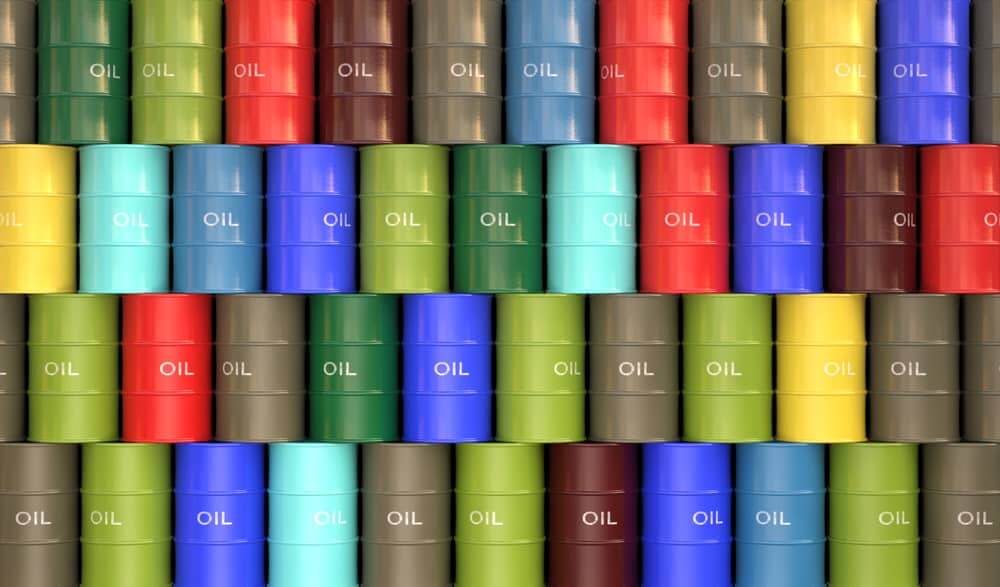
Oil Prices Fall as U.S. Stockpiles Rise
Oil prices were down on Thursday after data showed U.S. crude stockpiles unexpectedly rose last week. This stoked worries about a sluggish recovery in fuel demand as COVID-19 cases continue to surge countries and affect commodities.
U.S. West Texas Intermediate (WTI) crude (CLc1) futures fell 24 cents. That was 0.63%, to $37.81 a barrel at 0417 GMT, after climbing 3.5% on Wednesday.
Brent crude (LCOc1) futures were down 17 cents, or 0.42% to $40.62 a barrel. This was after it rose 2.5% on Wednesday.
ANZ analysts wrote that the oil market is under pressure on the prospect of both subdued demand and rising supply. The U.S. Energy Information Administration (EIA) will release official weekly inventory data later on Thursday. This is a day later than normal following this week’s U.S. Labor Day holiday.
The bank said, refinery maintenance season and a cautious approach from refiners should keep crude oil demand soft. This was in reference to regular scheduled outages at oil processing complexes.
ANZ said China’s imports are likely to level off as ‘teapot’ or independent refineries. This is as they reach their maximum annual crude import quotas.
Oil Prices: Rising Stockpiles
The American Petroleum Institute (API) data showed crude stockpiles rose by 3 million barrels in the week to Sept. 4. This was due to COVID-19 cases rising in several U.S. states and impacting energy commodities.
This compared with analysts’ forecasts of a draw of 1.4 million barrels.
If EIA confirms a crude oil build later today, it would be the first U.S. stock build since mid-July. This was according to ING analysts.
It already cut its 2020 world oil demand growth forecast by 210,000 barrels per day to 8.32 million bpd.
In a further bearish sign, leading commodity traders were booking tankers to store crude oil and diesel on the water. This was with supply outpacing consumption, according to trading sources and shipping data.
In commodity news, the rising stockpiles come ahead of the Sept. 17 meeting of the OPEC+ market monitoring panel. It trimmed supply curbs in August from earlier this year on expectations demand would improve.
Citi analysts said in a note, that this issue will be front and centre. Next week, where they expect a strong statement. That if markets continue to weaken, the producer group will be prepared to trim output further.




